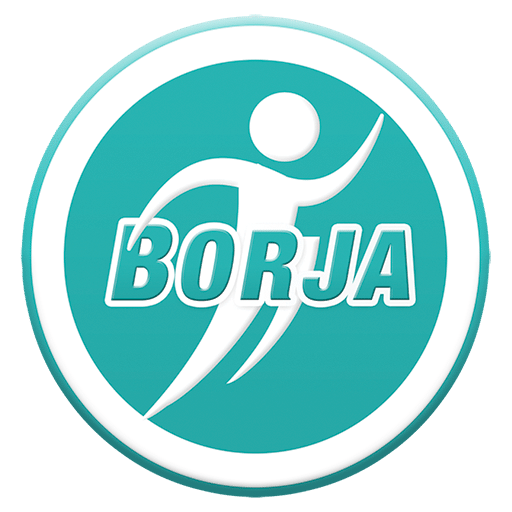Did you know that even if you exercise every day, you’re at risk for some major health issues if you sit too much? Researchers are calling the new term “active couch potato” as a way to describe people who exercise but spend the majority of their day sitting. Even if you’re hitting your daily exercise goal, you may still be living a highly sedentary lifestyle. Learn about the hefty price of being an active couch potato and ways you can start leading a healthier lifestyle.

What Exactly Is An Active Couch Potato?
An active couch potato is considered anyone who exercises for 30 minutes and sits for 10 or more hours. Many active couch potatoes are actually sufficiently active. They make it a point to squeeze in a quick workout, however, they also end up spending the bulk of their day sitting. Overall, active couch potatoes clock in less than 220 minutes of light exercise each week. This can include things like walking to the kitchen to make lunch or getting up to use the bathroom.
Healthcare experts say to shoot for at least 150 minutes of moderate exercise each week. Unfortunately, only about 23% of Americans actually manage to accomplish this. Many adults find themselves sitting more and more each day. Whether it’s while on the computer at work, driving home, or sitting in front of the tv at night.
Health Conditions Of An Active Couch Potato
On one hand, active couch potatoes find time during their day to get moving and be active. On the flip side, however, they also end up spending a lot of time resting and recovering. Too much time, actually. In fact, when active couch potatoes sit for hours on end after a workout, they’re not able to get the full benefits from those exercises. Their flexibility and muscle strength end up going to waste.
There are more concerning health risks that come with being an active couch potato beyond muscle strength and flexibility. Body fat, blood sugar, and cholesterol levels are all found to be dramatically higher compared to those who aren’t as sedentary. Even people who perform more activities at a light intensity have better cardiometabolic health. Doing things like chores around the house keep them engaged and less time laying down.
The relationship between sitting and physical activity is powerful. It’s extremely important to balance the two. Your body depends on it. Studies show that the larger the imbalance, the greater your risk for cardiovascular conditions such as heart attack, stroke, and high blood pressure. Not to mention, you’re way more likely to develop back pain when you sit for long periods of time.
How To Avoid Becoming An Active Couch Potato
So, how do you avoid becoming an active couch potato? You may find yourself in active couch potato territory for work-related reasons (or something else entirely), but that doesn’t mean you can’t sit at all. Instead, focus on counteracting all the sitting by taking every opportunity to move when you can. Click here to learn how to add more movement to your day.
To start, try parking farther away than you normally would at work or when running errands. Choose the stairs instead of the elevator or escalator. Take the long way to the mailbox. Find any reason to add some extra pep to your step.
If you work out of an office, or even at home, take advantage of coffee breaks, going to the printer, or even doing laps during phone calls. If you have meetings in person, ask your coworker to take a walk with you while you chat. Make the best of your situation whenever possible.
Another strategy to avoid active couch potato status is using a sit-to-stand desk. It may seem insignificant, but sitting vs. standing can make a huge difference. If a standing desk isn’t an option, make it a point to get up and walk every hour, even if it’s just to the bathroom or breakroom. Set an alarm for yourself and take a 5-10 minute walk.
Aim to exercise 5 minutes for every hour you sit each day. Or, do about 15 minutes of light activity per hour of sitting. Your goal is simply to move more and sit less.
Be honest with yourself and take steps to stay accountable. Every movement counts.



